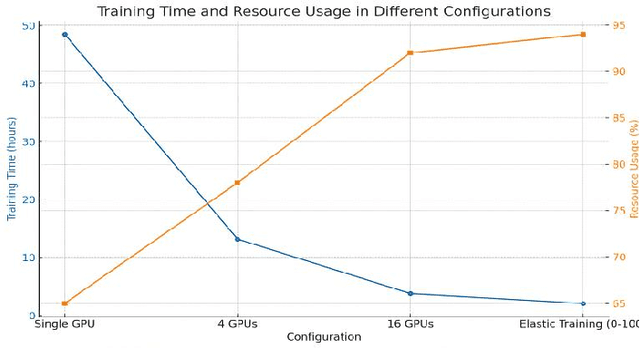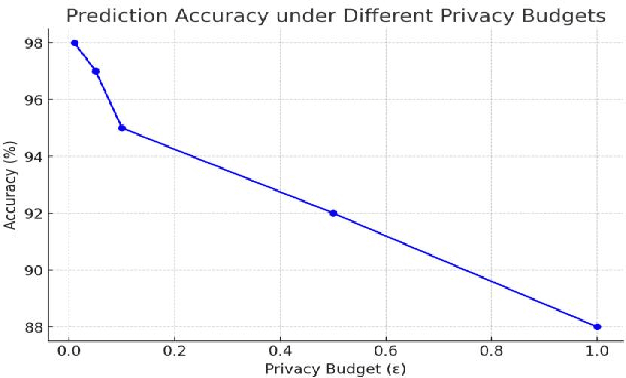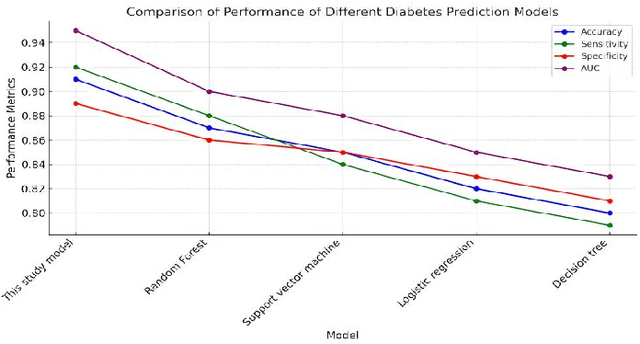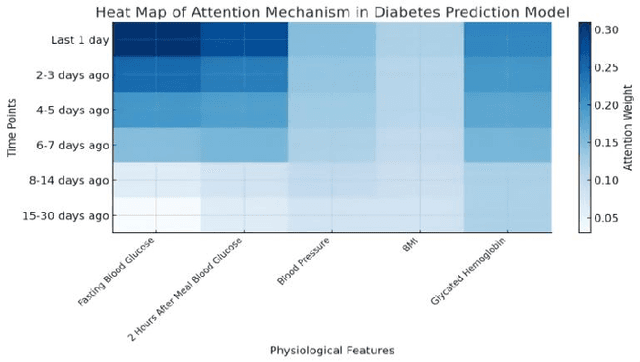Sibei Liu
User Behavior Analysis in Privacy Protection with Large Language Models: A Study on Privacy Preferences with Limited Data
May 08, 2025Abstract:With the widespread application of large language models (LLMs), user privacy protection has become a significant research topic. Existing privacy preference modeling methods often rely on large-scale user data, making effective privacy preference analysis challenging in data-limited environments. This study explores how LLMs can analyze user behavior related to privacy protection in scenarios with limited data and proposes a method that integrates Few-shot Learning and Privacy Computing to model user privacy preferences. The research utilizes anonymized user privacy settings data, survey responses, and simulated data, comparing the performance of traditional modeling approaches with LLM-based methods. Experimental results demonstrate that, even with limited data, LLMs significantly improve the accuracy of privacy preference modeling. Additionally, incorporating Differential Privacy and Federated Learning further reduces the risk of user data exposure. The findings provide new insights into the application of LLMs in privacy protection and offer theoretical support for advancing privacy computing and user behavior analysis.
Predicting 30-Day Hospital Readmission in Medicare Patients: Insights from an LSTM Deep Learning Model
Oct 23, 2024Abstract:Readmissions among Medicare beneficiaries are a major problem for the US healthcare system from a perspective of both healthcare operations and patient caregiving outcomes. Our study analyzes Medicare hospital readmissions using LSTM networks with feature engineering to assess feature contributions. We selected variables from admission-level data, inpatient medical history and patient demography. The LSTM model is designed to capture temporal dynamics from admission-level and patient-level data. On a case study on the MIMIC dataset, the LSTM model outperformed the logistic regression baseline, accurately leveraging temporal features to predict readmission. The major features were the Charlson Comorbidity Index, hospital length of stay, the hospital admissions over the past 6 months, while demographic variables were less impactful. This work suggests that LSTM networks offers a more promising approach to improve Medicare patient readmission prediction. It captures temporal interactions in patient databases, enhancing current prediction models for healthcare providers. Adoption of predictive models into clinical practice may be more effective in identifying Medicare patients to provide early and targeted interventions to improve patient outcomes.
Optimization and Application of Cloud-based Deep Learning Architecture for Multi-Source Data Prediction
Oct 16, 2024



Abstract:This study develops a cloud-based deep learning system for early prediction of diabetes, leveraging the distributed computing capabilities of the AWS cloud platform and deep learning technologies to achieve efficient and accurate risk assessment. The system utilizes EC2 p3.8xlarge GPU instances to accelerate model training, reducing training time by 93.2% while maintaining a prediction accuracy of 94.2%. With an automated data processing and model training pipeline built using Apache Airflow, the system can complete end-to-end updates within 18.7 hours. In clinical applications, the system demonstrates a prediction accuracy of 89.8%, sensitivity of 92.3%, and specificity of 95.1%. Early interventions based on predictions lead to a 37.5% reduction in diabetes incidence among the target population. The system's high performance and scalability provide strong support for large-scale diabetes prevention and management, showcasing significant public health value.
 Add to Chrome
Add to Chrome Add to Firefox
Add to Firefox Add to Edge
Add to Edge